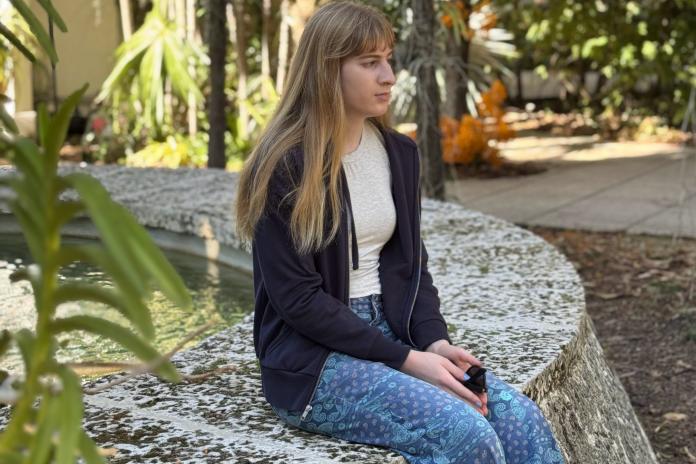Student Voices: Modeling Decarbonization for New York School Buses
Read about Annabella’s experience advocating for transportation decarbonization in her district.

Created by Annabella Pathania in Kingston, New York
Annabella worked with fellow students, Xin Ngo and Adrienne Silvestris, to help their school districts plan routes and analyze the costs of transitioning to electric school buses. They planned to use the tool to convince their district to purchase electric school buses. This narrative describes Annabella’s advocacy experience.
During the summer that followed my junior year of high school, I was looking for a project to get involved in before college application season began. My father, who is heavily involved in local climate action, directed me to the New York State (NYS) Electric School Bus (ESB) Transition Project. Though I started my work with a narrow purpose in mind, the project ultimately yielded important lessons about the value of community and my role in it as a member. In August of 2023, I began working with students across our region under the mentorship of Joseph Londa, a retired engineer. The goal of the project was to create an analytical model that would help schools envision the process of decarbonizing their bus fleets.
Each student worked on the part of the model that interested them most. Having a liking for collecting and organizing data, I began by finding information about the electric buses currently available on the market. This information, such as the costs and ranges, would serve as the basis for the analysis that our model would perform. Next, I worked on involving my high school with the project – mainly, our district administrators and a few of my teachers. Our model’s primary utility is in taking a school’s specific transportation scenario and illustrating the possible decarbonization pathways it can follow. After several requests, I finally received most of the busing information I needed from my district’s transportation director, such as where we sourced our buses from, how many routes we had, what distances they covered, etc. This data was incorporated into the model which others in our group had been developing in the meantime with Mr. Londa. After our combined effort over 8 months, I shared the findings for my district with the transportation director and superintendent. However, I never received a response to my email.
Working on the ESB project was disheartening at times. New York State has a mandate requiring that all school transportation be zero-emission by 2035, but the administration in my school district didn’t seem at all interested in the work I was doing. My emails to them would often go unanswered and I would only make progress due to the intervention of a few supportive teachers. Nevertheless, working on the ESB project proved meaningful to me in other ways. Becoming more actively involved in my school gave me a sense of purpose and belonging. Collaborating with people who shared my values gave me a sense of community and meaning. This project revealed to me how it doesn’t matter how monumental your work is, how big of a difference you make in the short term - it matters that you are doing it. Change is incremental. Great progress comes about from the many small actions taken over a longer period of time. Even though none of the school districts we worked with ended up transforming their bus fleets yet, our work was important in starting conversations, presenting ideas and showing that students — and communities — are interested in bringing about climate solutions. Local action is important because it is a way for like-minded people to come together and work on the issues closest to them.
I believe that our work on decarbonizing bus fleets is critical. There are some things I can’t change. I can’t change the practices of big corporations. I can’t change the exploitative nature of our global economy. But I do have power in some spaces, and one of them is my school. About a third (28%) of New York State’s emissions come from the transportation sector. Our state cannot achieve its climate goals (stated in the Climate Leadership and Community Protection Act) if we do not make progress in this area. Transportation includes vehicles like our personal cars, but it also includes school buses — vehicles that emit over 1.5 million tons of greenhouse gas emissions per year in NYS. This is where students do have the ability to make a difference. Whether or not we take school buses ourselves, we are all still affected by them: we are all breathing the same unclean air, and we are all, more broadly, experiencing the global effects of climate change. Involvement in the decarbonization transition is a tangible way for students to take action — to work with, and put pressure on, their districts to transform their fleets. It is a clear path for students to make a difference in the global fight for a better, healthier and more sustainable world.
Annabella is currently a freshman at Colgate University.
Hear from more youth voices in Students for Electric School Buses.